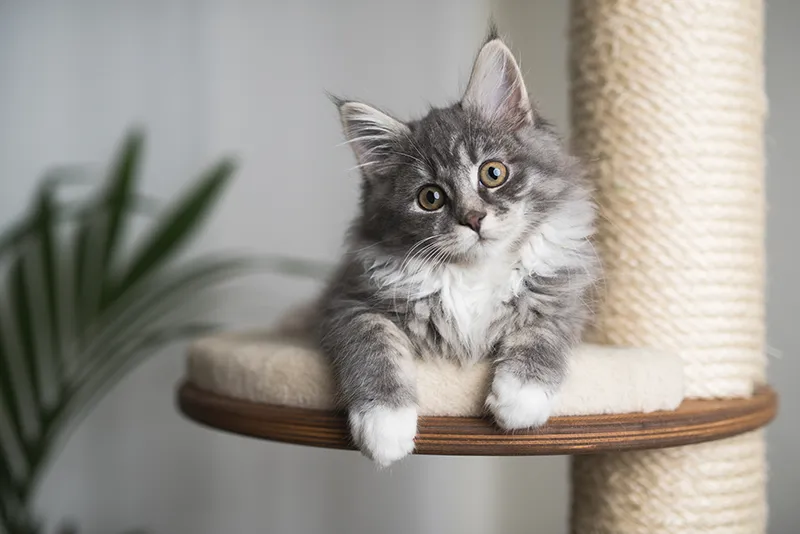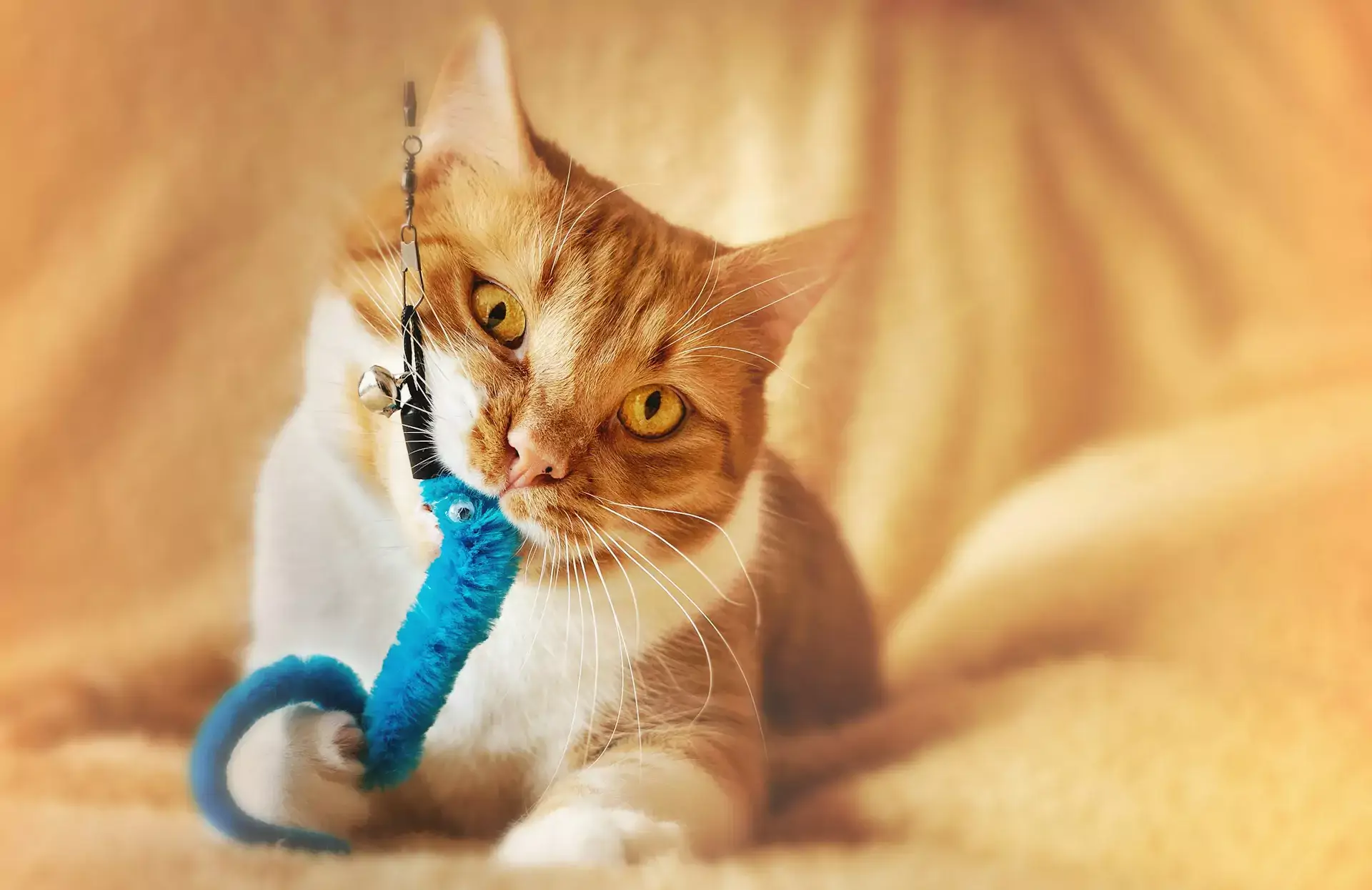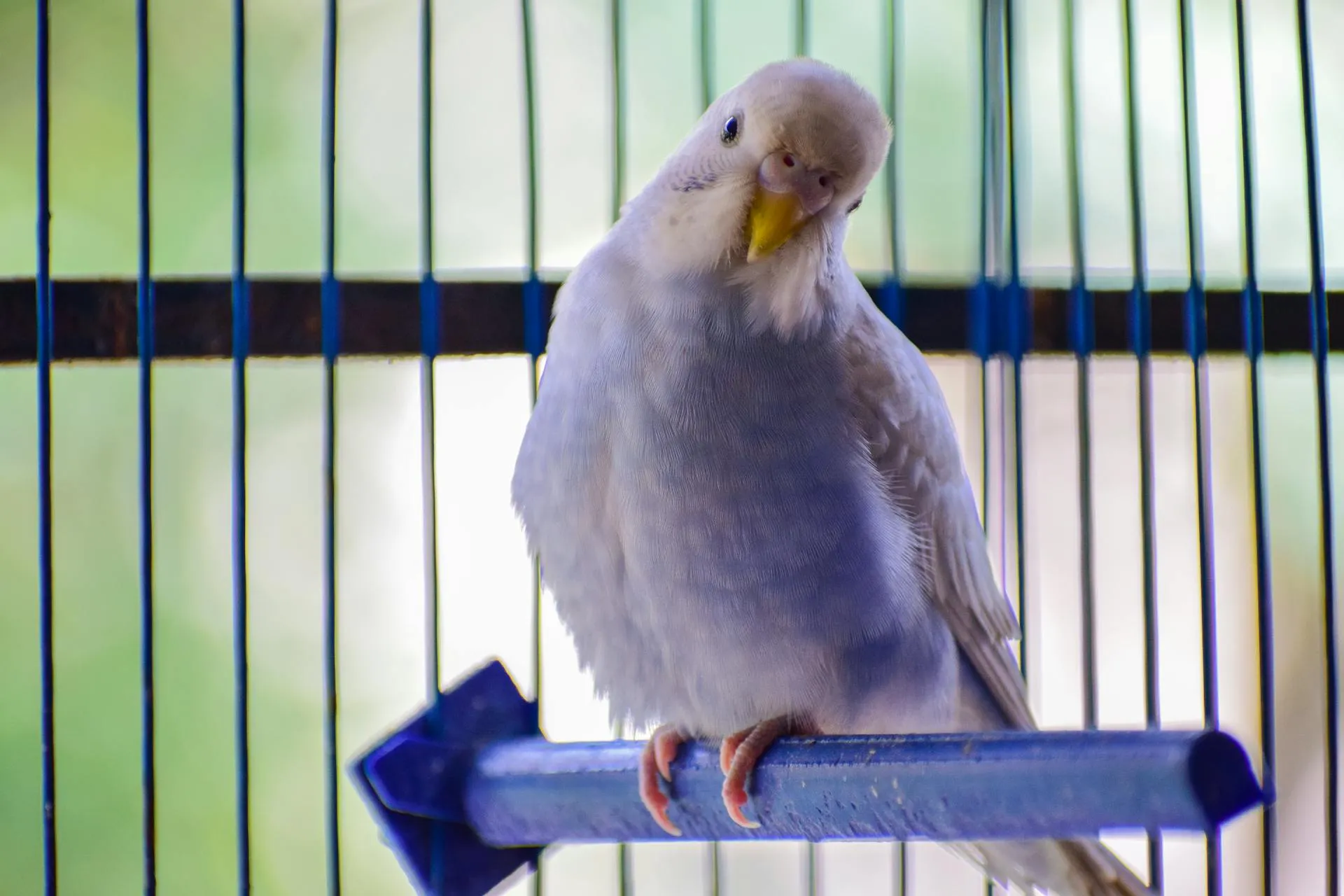Have you ever wondered why your cat seems to have bursts of energy, running around the house and pouncing on imaginary prey? At Galena Animal Medical Clinic, your Galena, MD, pet clinic, we often get questions about why cats play and how these playful behaviors benefit their health. While it may seem like a simple fun activity, play is an essential part of your cat’s mental and physical well-being. It’s how they stay active, sharp, and engaged with their environment, and it has significant benefits for their health.
In this blog, we’ll take a deep dive into why cats play, the different types of play behaviors, and how you can foster your cat’s playful nature for a healthier, happier life.
Why Do Cats Play?
Cats, both domestic and wild, rely on play as a natural part of their development and daily routine. Unlike dogs, who tend to use play for social interaction, cats’ play behavior is deeply connected to their instincts and survival skills.
1. Play Mimics Hunting Behavior
Cats are natural predators. In the wild, their play mimics hunting behaviors—stalking, pouncing, and catching prey. Even domestic cats retain this instinct, and their play is an outlet for these natural urges. Cats may chase a ball, leap after a string, or pounce on a toy to simulate the chase and capture of their prey.
2. Play is a Stress Reliever
Just as play can help humans relax and reduce stress, it has the same effect on cats. Playful activities help your cat release pent-up energy and reduce feelings of anxiety or boredom. It’s especially important for indoor cats who may not have access to the same stimulation they would get from the outdoors. Play allows them to express themselves, keeping them mentally and physically active.
3. Play Helps in Socialization
For kittens, play is also a tool for learning how to interact with other cats, people, and their environment. For adult cats, play can be an excellent way to bond with you. Interactive play, like using a wand toy or laser pointer, can help your cat build trust and strengthen the relationship you share.
Arm & Hammer has a piece on playing with cats. Click here to read it. PetMD also did an article about playing with Fluffy, which you can read here.
Benefits of Play for Cats
Understanding why cats play is just the first step; it’s equally important to recognize the many benefits that play brings to your cat’s overall health and happiness.
1. Physical Exercise
One of the most obvious benefits of play is physical exercise. Regular play helps your cat stay fit, active, and lean. Just like humans, cats need regular exercise to maintain a healthy weight and prevent obesity. Playful activities like chasing toys and pouncing on objects help your cat maintain muscle tone, flexibility, and agility. For kittens, play helps develop their motor skills and coordination.
2. Mental Stimulation
Cats are intelligent animals, and they require mental stimulation to stay sharp. Interactive toys that challenge your cat’s problem-solving abilities, like puzzle feeders or treat-dispensing toys, can help engage their mind. Mental stimulation helps prevent boredom, which can lead to destructive behavior or depression in cats. By regularly introducing new toys and changing the play routine, you can keep your cat’s brain engaged and stimulated.
3. Stress Relief
As mentioned earlier, play acts as an excellent stress reliever. Cats, particularly indoor cats, can become stressed if they don’t have sufficient mental and physical stimulation. Stress can lead to behavioral problems like excessive meowing, scratching, and even litter box issues. Providing regular playtime gives your cat a healthy way to release their energy and anxiety. It’s essential for their emotional well-being.
4. Better Health and Longer Life
Cats who engage in regular play are not only healthier physically and mentally, but they also tend to live longer, happier lives. Keeping your cat active reduces the risk of conditions like obesity, diabetes, and heart disease. Active cats are less likely to develop arthritis or joint issues later in life, helping them remain mobile and comfortable well into their senior years.
How to Encourage Play in Your Cat
Encouraging play in your cat doesn’t have to be complicated or expensive. Here are some simple tips to help get your cat moving:
1. Interactive Toys
Interactive toys like feather wands, laser pointers, and fishing pole-style toys allow you to engage directly with your cat, promoting both physical and mental activity. These toys mimic the movements of prey and appeal to your cat’s natural hunting instincts.
2. Create a Play Area
Set up a play area in your home where your cat has access to various toys and objects. This could include balls, stuffed animals, and puzzle toys that hide treats. You can rotate the toys periodically to keep things interesting.
3. Set a Playtime Routine
Cats thrive on routine, so try to establish regular play sessions each day. Even 15 minutes of active play can make a big difference in your cat’s happiness and health. Play in the evening can help tire your cat out, making them more likely to settle down for the night.
4. Provide Climbing Opportunities
Cats love to climb, so providing cat trees, shelves, or even window perches can encourage your cat to explore and jump. This not only satisfies their curiosity but also gives them an opportunity for physical exercise.
Keep in mind that our feline pals are always safer indoors. Click here for our past blog article on entertaining an indoor cat.
Frequently Asked Questions
1. How much playtime does my cat need each day?
Cats need at least 20-30 minutes of active play each day. Some cats may enjoy longer sessions, especially if they are young or highly energetic. Try to engage them in short, stimulating playtimes throughout the day.
2. Can indoor cats get enough exercise through play?
Yes, indoor cats can get plenty of exercise through regular play. Be sure to provide toys and activities that challenge their mind and body. Indoor cats benefit greatly from interactive play, as they don’t have the opportunity to run around outside.
3. Why does my cat play with my hands or feet?
Your cat may mistake your hands or feet for prey, especially if they’re excited or overstimulated. While it’s cute, it’s important to discourage this behavior as it can lead to biting or scratching. Use toys instead of your hands to engage in play.
4. What are the signs that my cat is bored?
If your cat is consistently destructive, excessively meowing, or engaging in repetitive behaviors like licking or grooming themselves too much, they may be bored. Providing more enrichment and playtime can help alleviate these signs.
Schedule An Appointment At Our Galena, MD Vet Clinic
At Galena Animal Medical Clinic, your Galena, MD, pet clinic, we understand the importance of play for your cat’s physical, mental, and emotional health. Regular play sessions help keep your cat active, engaged, and stress-free. Whether it’s chasing toys, climbing, or simply interacting with you, playing with your cat is one of the best ways to bond and promote their well-being.
Are you looking for expert advice on how to keep your cat healthy and active? Schedule an appointment with us today at Galena Animal Medical Clinic!
Click here to visit our Service page and find out more about our clinic and the animals we treat. You can also go here to learn more about our Critical Care services, or go here to learn more about our Exotic Pet care offerings.
This blog is meant to be informational only. Always consult with your veterinarian for the right medical advice, diagnosis, or treatment plan for your pet and follow their advice.







!Social Media Icons